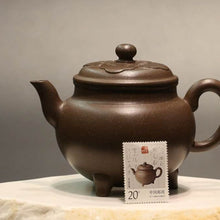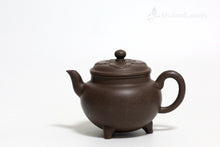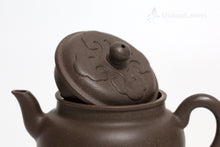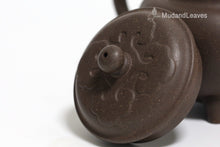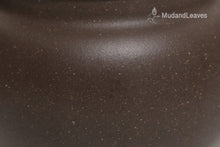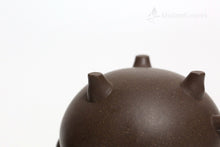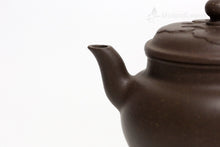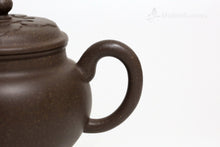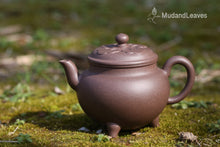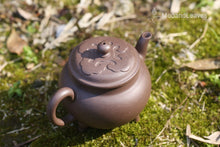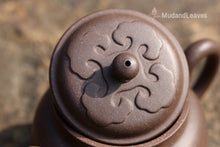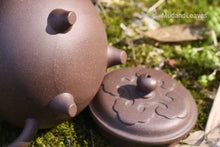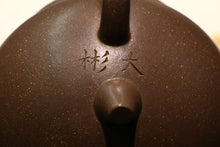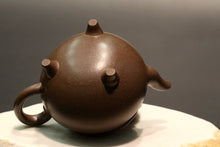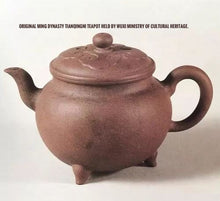
The volume of each teapot will be approximately 300ml.
We are very excited to be able to offer these teapots made of original ore TianQingNi 天青泥. The legendary TianQingNi 天青泥 was believed to be the finest purple clay (zini) in Yixing, and was prized above other kinds of zini for making teapots during the Ming and Qing Dynasties. The clay is a dark liver colour and has faint flecks of yellow on the surface, which are traces of lipini, the yellow clay found alongside TianQingNi ore.
You can read more about the processing of TianQingNi from raw ore to finished teapot here.
You can read more about the history of this legendary clay here.
TianQingNi is classified as zini and can be used the same way as teapots made of other kinds of zini (dicaoqing, qinghuini, etc.). It will negate harsher aromas and flavours – storage and smoky aromas among others – allowing the more subtle flavours of these teas to emerge.
The shape of this teapot is known as a Three Leg Ruyi Teapot 如意三足壶。It replicates the original Three Leg Ruyi TianQingNi teapot made by the artist Shi Da Bin 时大彬 during the late Ming Dynasty. The original is held by the Wuxi Ministry of Cultural Heritage 无锡文物管理局 (last photo to the left). Because this is a reproduction, the studio has decided not to include their stamp at the bottom of the pot.
This pot is known as "half-handmade" as the sculptor uses a molding tool to help shape the body. In fact, no machine was used in its shaping as the use of the tool is entirely manual.
You can read about half handmade teapots in our blog post here.
This teapot was made by Lin Hanpeng and Chen Chunhong Studio. The stamp at the bottom of the teapot may vary from that shown in the photos. The teapot stamp may have the mark of Lin Hanpeng, Chen Chunhong or the mark of Mud&Leaves in Chinese Characters: 泥葉堂。 All three stamps are used exclusively in connection with Lin Hanpeng and Chen Chunhong Studio.
Preparation Before Use
Yixing Teapots should be prepared before using the first time. This is called "opening the pot". It removes the dust from firing the teapot.
We recommend rinsing the teapot under warm water two or three times, then filling the teapot with boiling water and emptying it out two to three times. After this the teapot is ready for use.


















